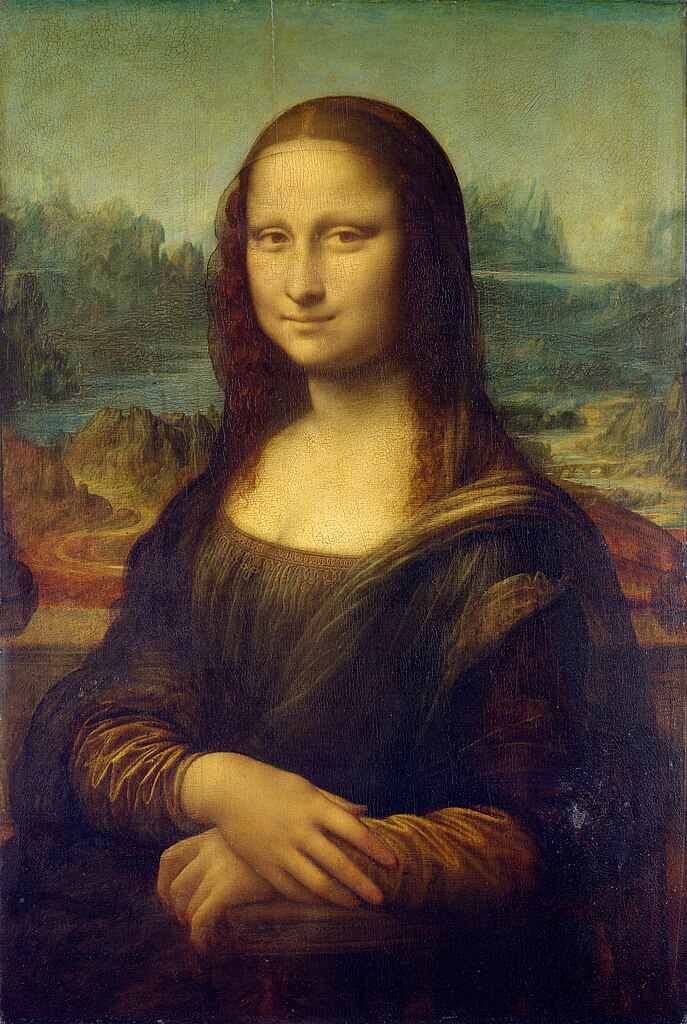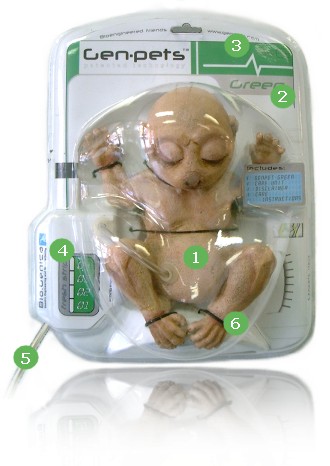Initially, I thought nanotechnology was something used primarily in the medical field and high-tech devices. I had no clue that nanotechnology is all around us; I had only thought of nanotechnology art as something that uses cutting edge science (as seen in “Art in the Age of Nanotechnology”), not as something as simple as an athletic shoe or a golf club shaft. I never would have thought that athletics and nanotechnology would be so interconnected—I soon found out that without nanotechnology, modern day athletics would be nowhere close to what it is today.
The advancements made the nanotechnology field over the last fifty years has made it possible for Kobe Bryant to jump higher and for Tiger Woods to hit the golf ball longer and straighter. Yes, it is true that they would probably still be one of the best athletes in their sports, but it is doubtful that they would be able to compete at the same level they do now.
http://lakerholicz.com/wp-content/uploads/2012/09/kobe-bryant-top-5-dunks.jpg
For a shoe to be effective, it needs to have a good balance between durability and comfort. That balance is generally seen in the sole of a shoe—more comfortable shoes have softer soles that absorb more shock, but don’t last as long, while harder soles are generally less comfortable, but last a lot longer. Nanotechnology allows the rubber soles of athletic shoes to include the perfect balance of both hardness and softness without sacrificing the look of the shoe. The mixture of hard and soft components in the sole takes place on the molecular level, allowing shoe designers to be as creative as they want. The result is a visually appealing shoe that is durable, stable, and aesthetically pleasing.
http://tommytoy.typepad.com/.a/6a0133f3a4072c970b0167622927fc970b-550wi
Nanotechnology also plays an important role in the technological structure of the golf club, particularly in the design of the shaft. In golf, there are two types of shafts—steel and graphite. Steel shafts sacrifice some distance, but allow for more control of the golf ball in a shot, while graphite shafts increase distance, but sacrifice control. Nanotechnology now allows golf companies like Graffaloy to create graphite shafts that also feature steel shaft characteristics. They are able to take the positive features of both shafts and fuse them together to create a better performing shaft.
http://www.abc.net.au/news/image/2443424-3x2-340x227.jpg
Because nanotechnology occurs on such a microscopic level, it is being used on a number of different levels, from medicine and electronics, to even sports. In the case of athletics, nanotechnology is making the game a whole lot easier for athletes, and even eventually change the way sports will be played in the future.
Works Cited:
"Art in the Age of Nanotechnology." Artabase. N.p., n.d. Web. 17 Nov. 2013. <http://www.artabase.net/exhibition/2104-art-in-the-age-of-nanotechnology>.
Forman, Ethan. "The next Big Small Thing." UMass Lowell. N.p., 3 Aug. 2007. Web. 17 Nov. 2013. <http://www.uml.edu/News/news-articles/2002-05/article342.aspx>.
Halley, Jim. "Nanotechnology Drives Golf to New Lengths." USA Today. USA Today, 16 Aug. 2005. Web. 18 Nov. 2013. <http://usatoday30.usatoday.com/sports/golf/2005-08-16-nanotechnology_x.htm>.
"Nanotechnology in Sports Equipment: The Game Changer." Nanowerk. Nanowerk, 27 May 2013. Web. 17 Nov. 2013. <http://www.nanowerk.com/spotlight/spotid=30661.php>.
"Top 8 Myths of Gold Swing." Golf News. N.p., n.d. Web. 17 Nov. 2013. <http://golfnews.homestead.com/nanotechnology_golf_shaft.html>.




























